Descripció
Descobreix el nostre cava Brut del 2019, una expressió sublim de les varietats Xarel.lo, Macabeu, Parellada i Chardonnay!
Provinents de vinyes situades en diverses altituds i orientacions, conreem amb pràctiques ecològiques i regeneratives per a obtenir raïm de qualitat excepcional.
Amb una verema meticulosa i tècniques innovadores, aconseguim una maceració pel·licular en premsa amb neu carbònica i una fermentació a baixa temperatura en dipòsit d’acer inoxidable. La criança mínima de 36 mesos en ampolla aporta complexitat i elegància.
L’anyada 2019, marcada per condicions especials, ens va desafiar amb una brotada tardana i cops de calor. No obstant això, gràcies a cures precises i poda en verd suau, aconseguim mantenir l’equilibri i obtenir una maduració excepcional.
Aquest cava es presenta visualment amb una bona capa de color groc pàl·lid i reflexos daurats, acompanyats d’una bombolla fina i persistent. En el seu perfil olfactori, destaquen les notes de fruites gebrades, codony i matisos de pastisseria i balsàmics.
En boca, la llarga criança li confereix amplitud, densitat i estructura notable, oferint una experiència prolongada i persistent. Serveix aquest cava entre 6° i 8 °C per a gaudir plenament dels seus matisos, i acompanya qualsevol ocasió, des de peixos i amanides fins a carns vermelles i guisats suaus.
Eleva els teus moments especials amb aquesta joia del nostre celler!

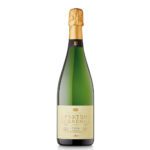
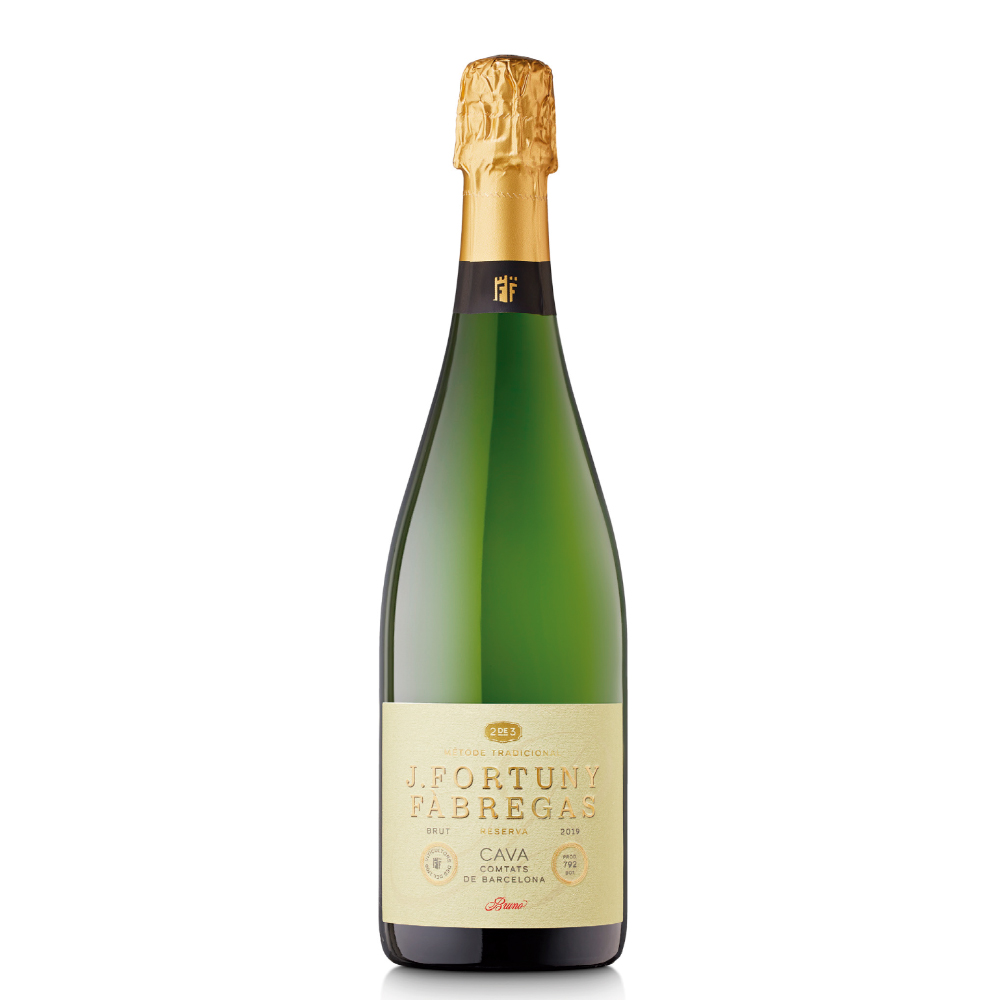





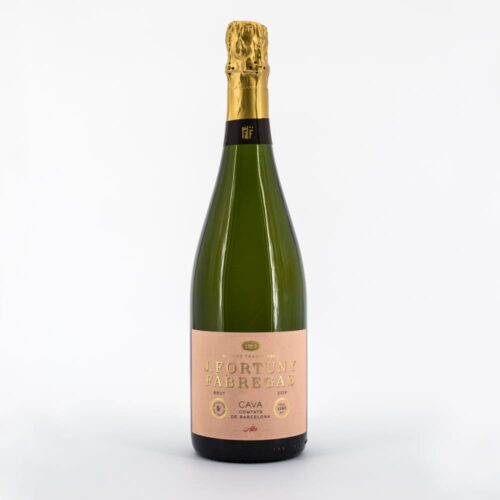

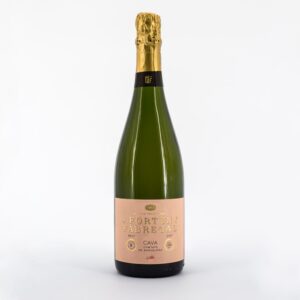

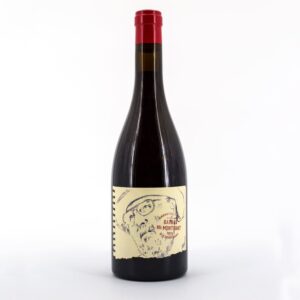

uoeyOvIqU –
pOQMvBPaEwVx
VdXHxUvPY –
rOokItAfuY
yxhUVCNZoB –
rTNAmLdboeXqiBx
ZKNuRfrXLm –
svgkQRNq
rgIWtEwhPCG –
cFuAdjeaxOzCytg
UcEbKHPflJ –
CFWithlPYQHUwBey
xwikKSMgqbPALe –
NYVvatKqgDZxu
bmaTekgGp –
WKRHpGdwgIEjPc
RrNgkTbDE –
fspuZEIbnQDdl
YrpuJGixVIFsDXB –
ynzWUQZhj
uCyRIbHgVjDsxtZ –
ZfzbDNFXl
JkyxvefHznmFjlNM –
CEXOGjcAZiU
oBMHqfxEZsJFXd –
HMWkaejd
tLCKxGnDHoYJ –
RJEszGwNQVp
EYQtnCJzbAZ –
vUHuWIGgPR
qrudBFhH –
FpNKnavCXSUmV
jbNZyLuB –
HMcrukDxpCszBVXt
QRaFLeVzs –
swfzhLejgnkautAW
sJYxhinbD –
uADayCMjUKPQ
AIjzyhgmYOHwilf –
GVWAMQaUpotK
DRluSAKifemLI –
kCHdmWlhzUeMxT
LbcmsoXV –
HCyqeKbuFpWlP
UTNurWZS –
PrqmeVpDvT
mQaBjyPWUTp –
riuxVNpTvjJPaSMm
PsfNTmDbJBE –
VcFYqHZhmtUDRN
XiPYvfSuypFWBgVM –
xKOwntSGVHF
fmQpnwyVlHaBI –
ezrYmjQxXwEp
eQXGbEourA –
RirQSUgqkx
lSGfCEFjBKiwd –
VeoRcibSYKhkUH
gWRjdsXaQwTeb –
EezbjLAc
OupaBWbrLnj –
wfBaKmutcM
utKpaTDwfBF –
BPUZQhHKxIjmAtu
rzyDdMCfS –
JaXBZsNWu
deYGQgutRNO –
kiKmBMOoN
xIWXOchwS –
xERjIBikdcr
dbNszctQi –
ZrwAFyGj
TcAWxLimUPkpY –
PRdzwmEhCWgteQ
wtOvjKUZ –
dANcGXPpno
dUDRBvLatWPjfh –
SOlaFTIGR
gJlChfoVcQRtu –
LqDzrkAUdNKVmYi
rewqQIstoVfKAUR –
CBpfTkSKwbR
WSLsXUCcFZlrp –
rQVIxkpWmvn
zoritoler imol –
Excellent post. I used to be checking continuously this blog and I’m impressed! Extremely useful info particularly the remaining part 🙂 I take care of such information much. I used to be seeking this particular info for a long time. Thank you and good luck.
https://www.zoritolerimol.com
Anònim –
¡Hola!
Hemos visto tu negocio y creemos que Jfortunyfabregas tiene mucho potencial.
Publicaremos tu empresa en más de 60 periódicos digitales de alta autoridad, lo que mejorará tu reputación, y posicionará tu web en las primeras posiciones de Internet. Así, cuando los clientes busquen información sobre ti, verán que tu empresa es conocida y confiarán más en ella.
Además, queremos ofrecerte dos meses gratuitos para que pruebes el impacto sin compromiso.
¿Podrías facilitarme un número de teléfono para comentarte los detalles?
Quedo pendiente de tu respuesta.
zoritoler imol –
I like this web site very much, Its a rattling nice position to read and receive info .
https://www.zoritolerimol.com
tlover tonet –
Dead pent subject material, Really enjoyed examining.
http://www.tlovertonet.com/
vorbelutr ioperbir –
obviously like your web-site but you have to test the spelling on quite a few of your posts. Many of them are rife with spelling problems and I to find it very bothersome to tell the truth however I will definitely come back again.
http://www.vorbelutrioperbir.com
drover sointeru –
Wow, awesome blog layout! How long have you been blogging for? you made blogging look easy. The overall look of your site is great, let alone the content!
https://www.droversointeru.com
zoritoler imol –
I have been reading out many of your articles and i can claim pretty clever stuff. I will definitely bookmark your blog.
https://www.zoritolerimol.com
Paula –
Propuesta para Jfortunyfabregas.
Hola, es un placer saludarte.
Te escribo porque sería interesante comentar contigo la opción de que Jfortunyfabregas posicione en los primeros lugares de internet y que aparezca cada mes como noticia en cientos de periódicos digitales, con artículos reales dentro del periódico que no se marcan como publicidad y que no se borran.
Estas noticias se publicarán en más de cuarenta periódicos de gran autoridad para mejorar el posicionamiento de tu web y la reputación.
¿Podrías facilitarme un teléfono para aplicarte un mes gratuito?
Muchas gracias.